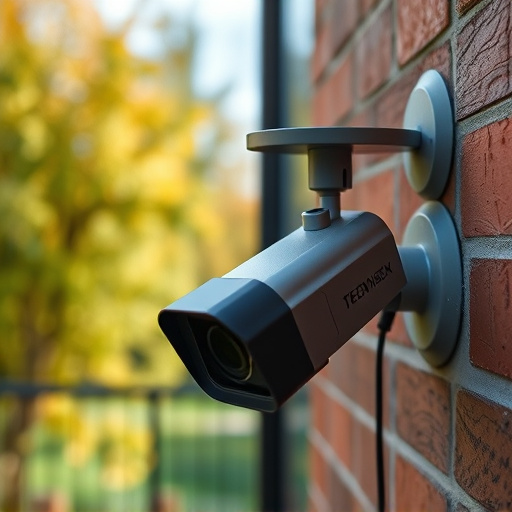Hidden cameras with audio technology have evolved significantly, offering advanced surveillance capabilities while remaining discreet. Equipped with high-quality microphones and compact designs, these cameras provide comprehensive visual and auditory coverage for security, surveillance, and monitoring purposes. However, their widespread use raises ethical concerns about privacy invasion, necessitating strict regulations to balance security needs with individual rights in the digital era.
Uncover the insidious world of hidden cameras with audio—a technology that blends stealth with surveillance. This sophisticated device, capable of capturing both visual and auditory data discreetly, has sparked debates about privacy and security. From its underlying technology to its diverse applications, this article delves into the intricacies of hidden cameras with audio, exploring their capabilities while weighing ethical considerations in an increasingly surveillant society.
Understanding Hidden Camera with Audio Technology
Hidden cameras with audio technology have evolved significantly, offering advanced surveillance capabilities that were once unimaginable. These devices are designed to remain concealed, capturing both visual and auditory information discreetly. The integration of high-quality microphones allows for clear audio recording, ensuring every detail is captured, from subtle conversations to distant sounds.
This technology leverages compact design and sophisticated sensors, enabling it to fit into various spaces without raising suspicion. Whether placed in a room, hidden within everyday objects, or attached to clothing, these cameras provide a comprehensive view of the surroundings. The ability to remotely monitor and record activities makes them valuable tools for security, surveillance, and even personal use, offering peace of mind and ensuring nothing goes unnoticed.
Exploring Applications and Ethical Considerations
The hidden camera with audio technology has a wide range of applications, from security and surveillance to investigative journalism. Its ability to capture both visual and auditory cues makes it a powerful tool for gathering evidence and monitoring activities in various settings. In today’s digital era, this technology enables individuals and organizations to stay vigilant against potential threats or unethical practices. For instance, it can be used in businesses to deter theft, in homes for eldercare surveillance, or by law enforcement agencies for crime prevention.
However, the use of hidden cameras with audio also raises significant ethical concerns. Privacy is a paramount issue; capturing and storing intimate conversations or personal moments without consent can lead to severe breaches of privacy. This technology’s potential for misuse underscores the importance of strict regulations and guidelines governing its application. Balancing security needs with individual rights requires careful consideration, especially as these devices become more accessible and advanced.
